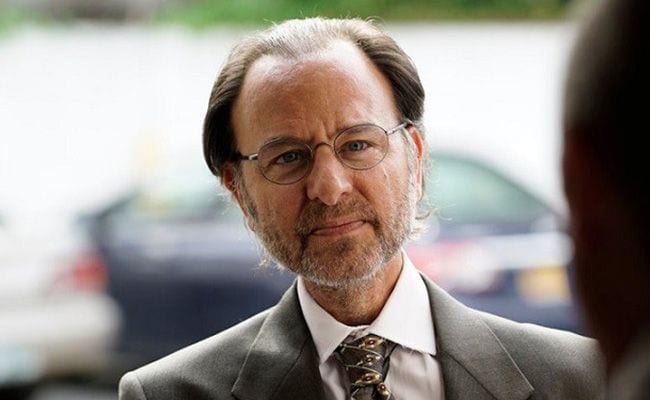
“Adventure is just bad planning.”
— Roald Amundsen (first person to reach both the North and the South Poles)
In watching the latest episode of The Blacklist, I couldn’t help but think of Brain Games. The National Geographic channel kicked of its fifth season of that series with an episode entitled “Common Sense.” The series focuses on the perceptual quirks of the human mind, with each episode presenting different puzzles and challenges with which the viewer can participate. “Common Sense” featured a segment on Rube Goldberg machines, which started out with half a dozen or more seemingly random objects to be put together in a certain sequence to perform a simple task. In the segment, three volunteers were given 25 objects, including a bowling pin, a scale, a wire mesh trash can, a potted cactus, a basketball, a stack of books, cinderblocks, a cane, a yoyo, a ball of string, a plate of cheese, and a baseball bat. The episode ended with artist Joseph Herscher lining up the items so that one triggered another, ending with a wire mesh basket being lowered on to a mouse. The seduction of these contraptions is that the objects are used in absurd, non-economic ways; the more absurd the better. The best episodes of NBC’s The Blacklist use the same principle: plot twists and complications that bop and pop throughout the episode like a 60-minute Rube Goldberg machine. The more outlandish and inventive twists, the better.
“Marvin Gerard”, the second episode of season three, significantly exceeds this measure. The episode begins with Elizabeth Keen (Megan Boone) handing herself off to the Russian embassy by claiming to be double-agent Masha Rostova. The episode ends with Raymond “Red” Reddington (James Spader) pointing out the North Star to her. Sandwiched between is a cargo ship, a car chase, a gun fight, a hostage stand-off, a hidden elevator, two telephone calls, a text message, two hoodies, a philandering ambassador, an abusive man with two broken ribs, a prisoner stripped to his underwear, two shotgun blasts, and an adulterous news reporter. All of these parts are strung together by Elizabeth and Red to not only evade capture but to secure an ally: Marvin Gerard (Fisher Stevens).
The same principle that generates entertainment in each episode is also reflected in The Blacklist’s season-long story arcs. As the episodes continue, the viewer gets more information. But like any Rube Goldberg machine, the importance of the information only becomes clear at the end. Tracking these clues through the season is part of drives the viewer’s interest.
There is a major difference between the plot structure of each individual episode and arc that develops over the course of the season. In a traditional crime drama, a crime happens, clues are gathered, and the crime is solved. With a few exceptions, the characters’ roles are consistent throughout each episode. The story arc of an entire season involves characters as much as actions: switched allegiances, unexpected conflicts, allies become enemies, enemies become allies. There is a direct parallel between these plot mechanics and the physical mechanics of a Rube Goldberg machine. The more imaginative the individual elements and actions, the better, but be it people or physical objects, the action they express to move the plot along has to be essential to their character.
In that respect, “Marvin Gerard” did, among all the disparate parts of the episode, manage to introduce the players to the seasonal plot. The players fall into three camps. There are the good guys, represented by the FBI, led by Donald Ressler (Diego Klattenhoff), with his two primary subordinates Aram Mojtabai (Amir Arison) and Samar Navabi (Mozhan Marnò), and ex-division chief Harold Cooper (Harry Lennix). Then there are the bad guys: an international covert organization called “the Cabal.” The two primary players this season seem to be Mr. Solomon (Edi Gathegi) and The Director (David Strathairn). Finally, there are the independent agents: Raymond Reddington and Elizabeth Keen. There’s also Agent Keen’s ex-husband Tom Keen (Ryan Eggold), whose allegiances seem to frequently change.
Despite that progress, it’s way too early to speculate on the precise workings of the full season arc. The first two episodes have dealt with Agent Keen’s maturation and Reddington’s redemption, both of which look to be a very positive, long-term plot developments. The mechanics of The Blacklist’s Rube Goldberg plot structure, even just two episodes into season three, seem to be leading to a far more exciting outcome (similar to season one) than the dull thud of season two.


![Call for Papers: All Things Reconsidered [MUSIC] May-August 2024](https://www.popmatters.com/wp-content/uploads/2024/04/all-things-reconsidered-call-music-may-2024-720x380.jpg)



